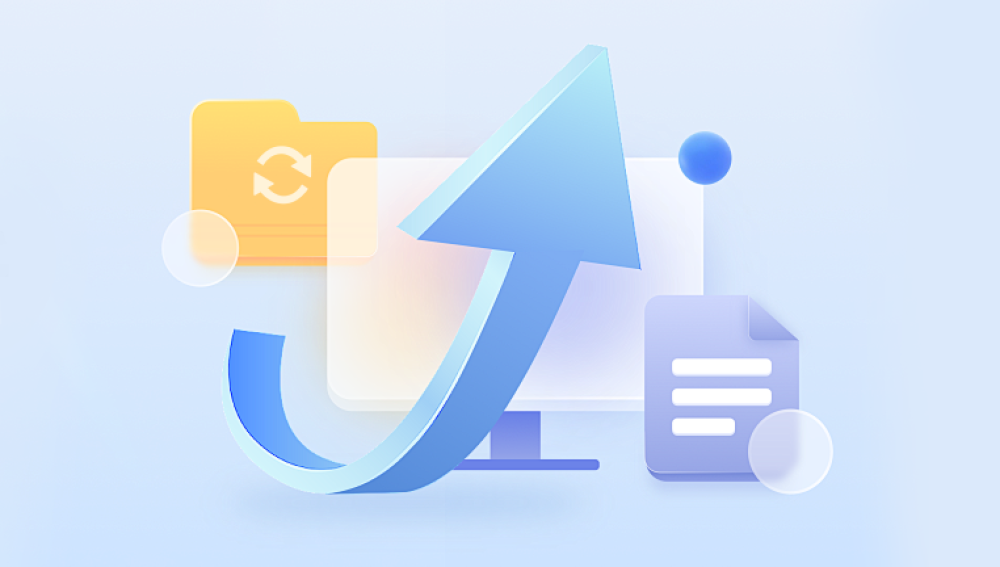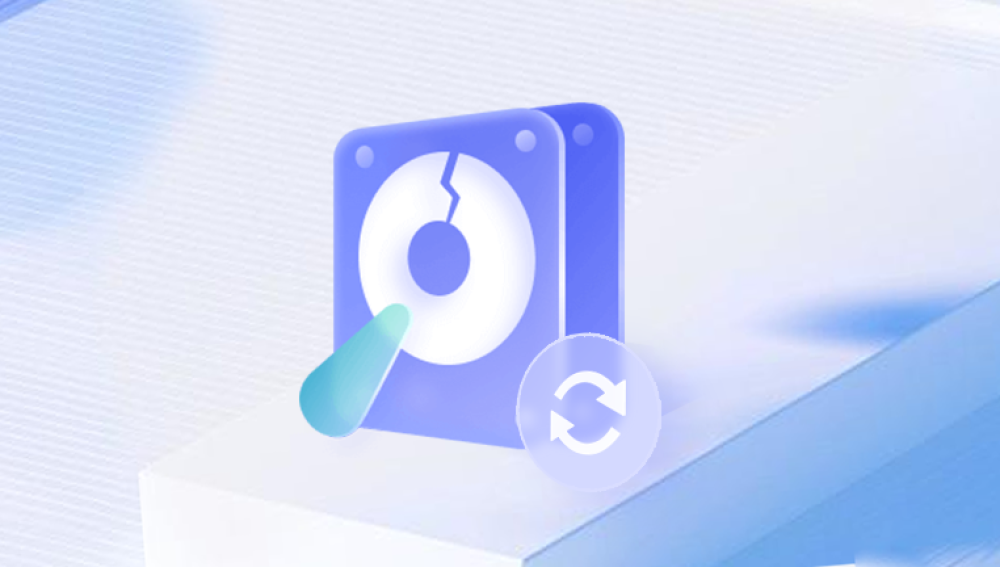Formatting a hard drive or any storage device can be a necessary step in certain situations, such as reinstalling an operating system or preparing a drive for use with a different file system. However, it's easy to forget that important data may still be present on the drive before formatting, leading to potential data loss. Fortunately, there are ways to recover data before formatting a drive, provided that the data has not been overwritten. Here's how you can do it:
1.Stop Using the Drive Immediately
The first and most crucial step is to stop using the drive immediately after realizing you need to recover data. Any further write operations to the drive, such as creating new files or folders, can overwrite the existing data and make it unrecoverable.
2.Connect the Drive to a Computer
If the drive is not already connected to a computer, use a suitable cable or adapter to connect it. Ensure that the computer can recognize the drive and access its contents.
3.Use Data Recovery Software
Data recovery software is a powerful tool that can scan the drive and attempt to recover deleted or lost files. There are many such software programs available, both free and paid. Choose a reputable program that has a good reputation for recovering data from formatted drives.the following is an example of panda data recovery operation.
Steps to recover from formatted by mistake:
Step 1: Select the recovery mode
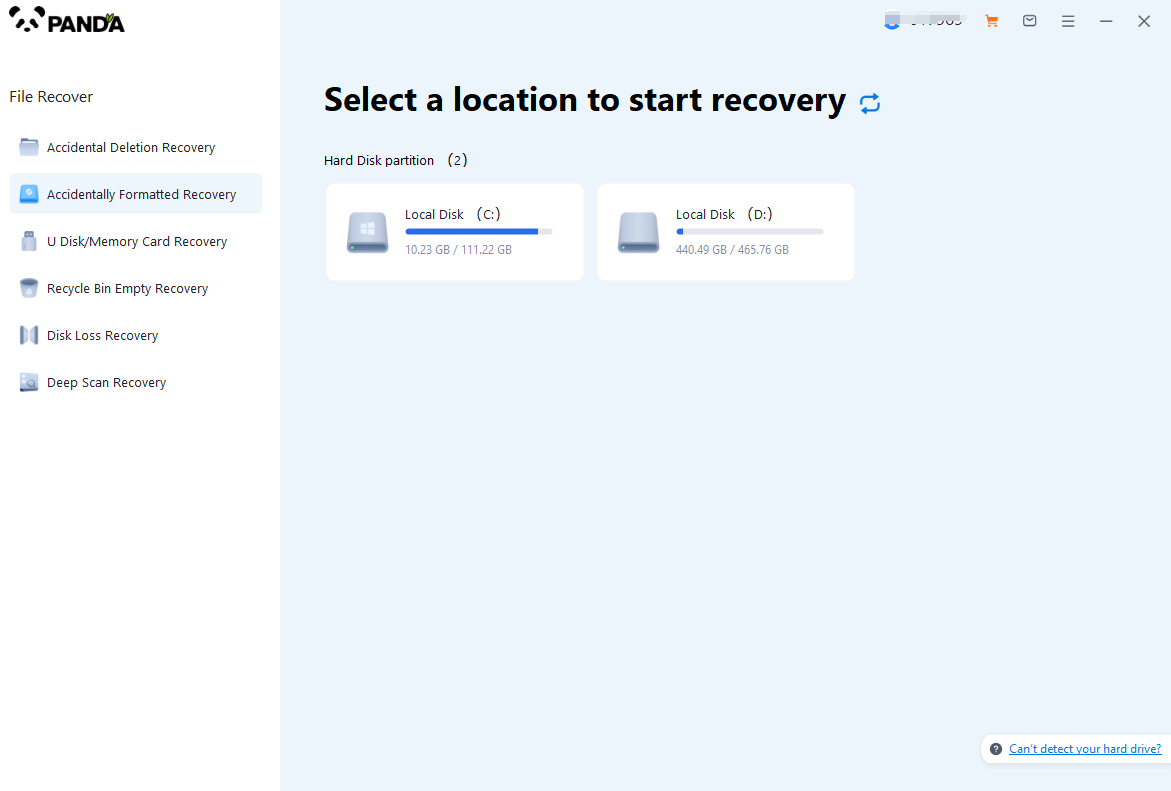
Select "Formatted Recovery", which can help us to retrieve the files before formatting to the greatest extent, and click to enter the recovery stage.
Step 2: Select the formatted disk
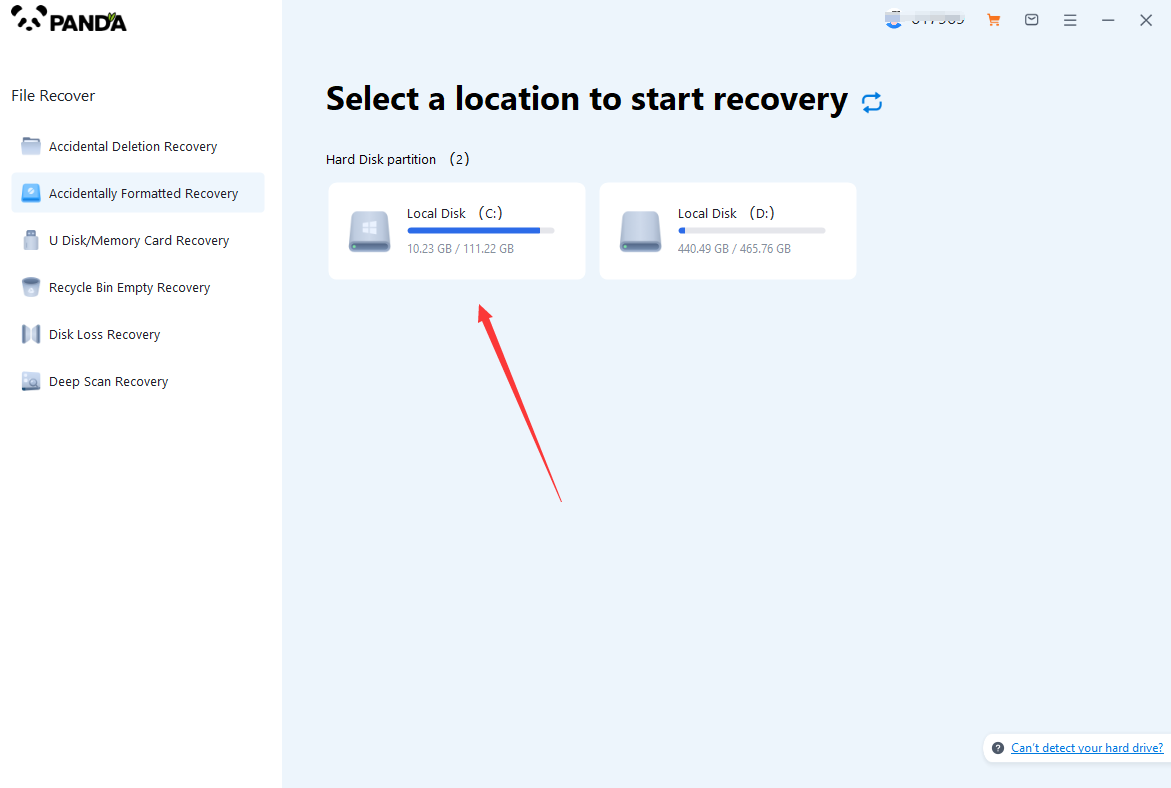
Select the formatted disk, if it is a USB flash drive or other mobile device, then you need to connect the computer in advance, then select the corresponding disk, and click Scan.
Step 3: Select the file system before formatting the partition

After clicking Start Scan, a pop-up window will pop up, let's select the file system before partition formatting, what do you think about the former file system?
Right-click the properties → disk to view them. If it is a USB flash drive, then you can see the attributes of the USB flash drive by right-clicking.
Step 4: Format the scan
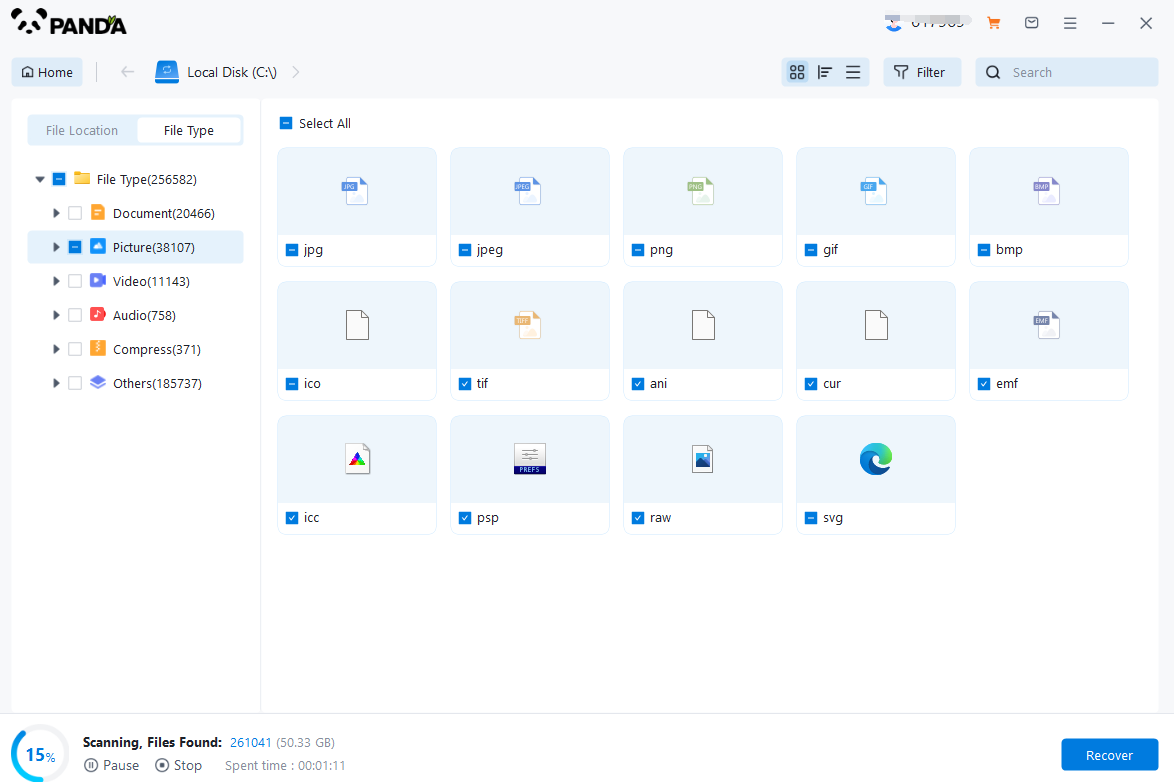
The scanning phase takes a little time, and you need to be patient for a while, if you click to stop scanning halfway, it may cause the file to be scanned incompletely, and some files will be missed.
Step 5: Find the file
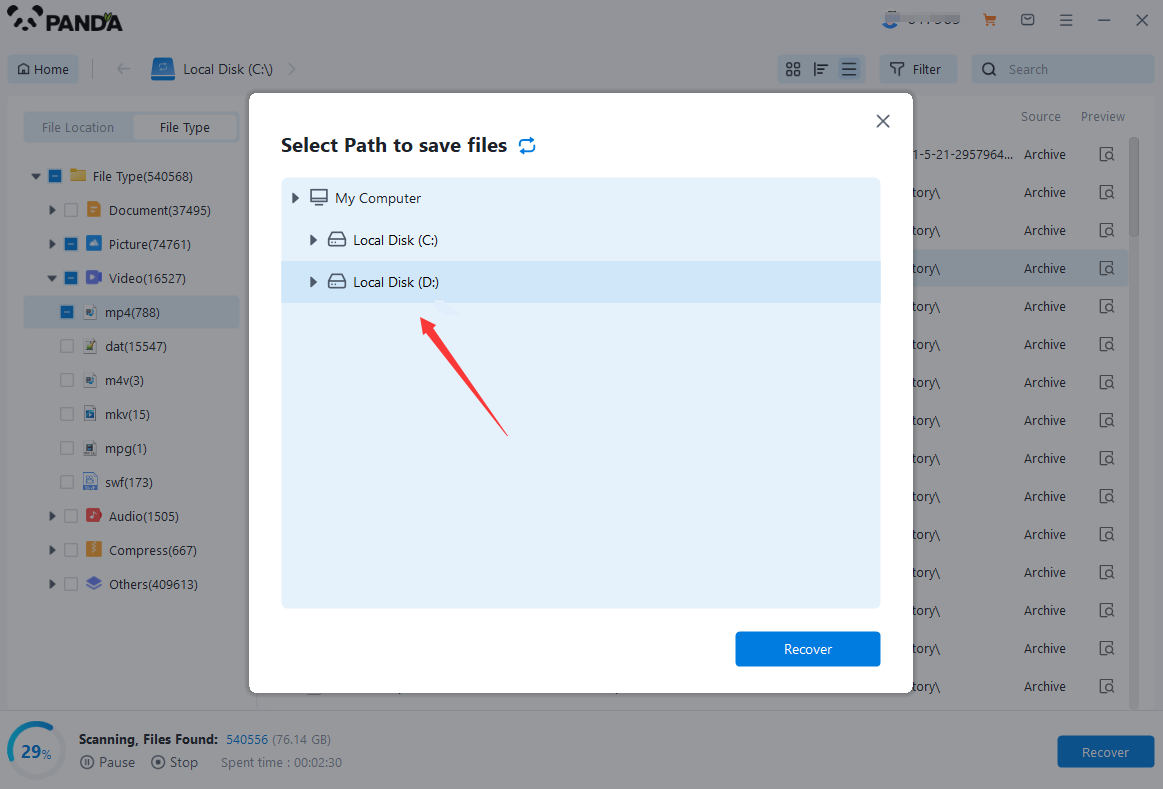
You can filter by file type, you can search for files or folders, you can also click on filter, there is a status option, click on it.
You can choose between lost files and normal files, isn't it very useful!
Step 6: Preview the file
After finding the file, we can double-click the file to preview the situation, if the file can be previewed normally, then it can be recovered, if the preview fails, then there are two possibilities, one file has been damaged, and the other file does not support preview.
Step 7: Recover files
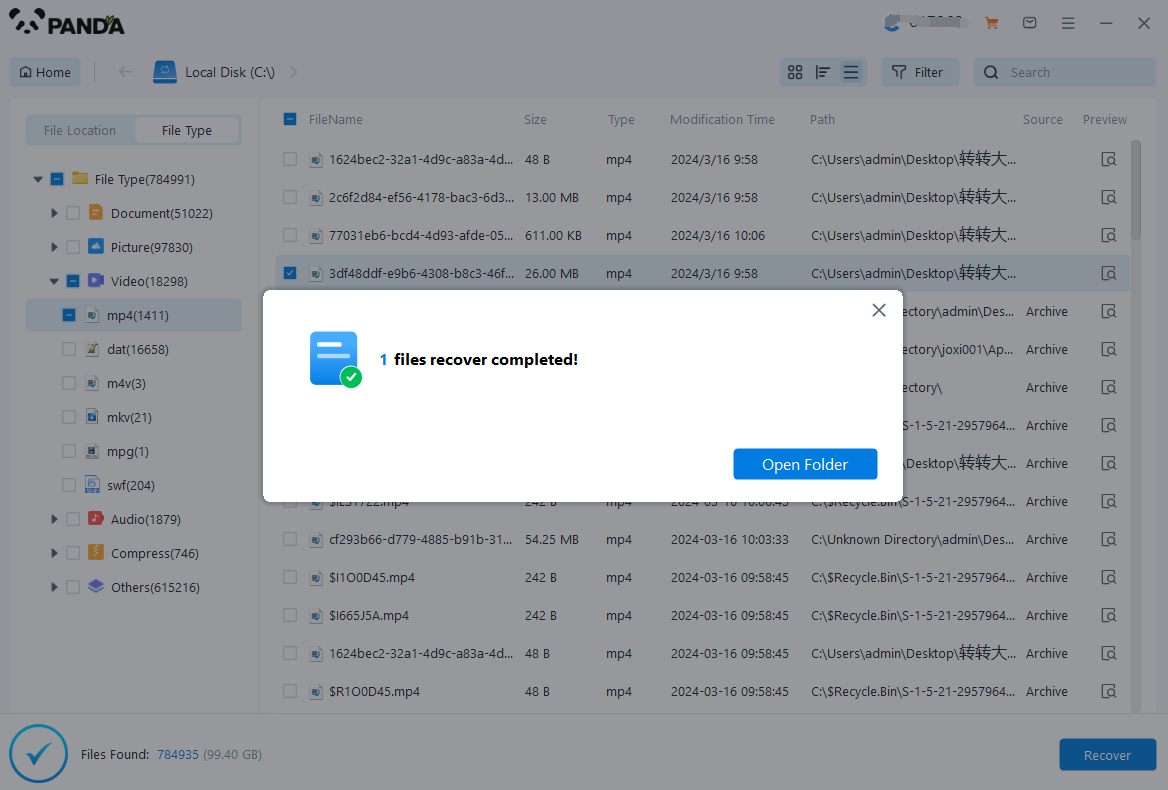
After the preview is successful, how to recover it? That's too simple, check the file and click Recover, set the export path, it should be noted that do not restore the data to the partition where it is, so as not to overwrite other data.
4.Consider Professional Services
If the data recovery software is unable to recover your files, or if the files are of extreme importance, you may consider seeking professional data recovery services. These services use advanced techniques and equipment to recover data from damaged or formatted drives. However, they can be costly, so it's essential to weigh the cost against the value of the data.
5.Take Preventive Measures
To avoid the need for data recovery in the future, always back up your important files regularly. Use external hard drives, cloud storage, or other backup solutions to ensure that your data is safe and accessible even if your primary drive is formatted or damaged.
In conclusion, recovering data before formatting a drive is possible, but it's crucial to act quickly and avoid overwriting the data. By using data recovery software or seeking professional services, you can increase the chances of successfully recovering your lost files. Remember to back up your data regularly to prevent such situations from occurring in the future.




